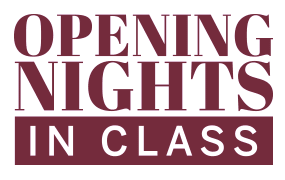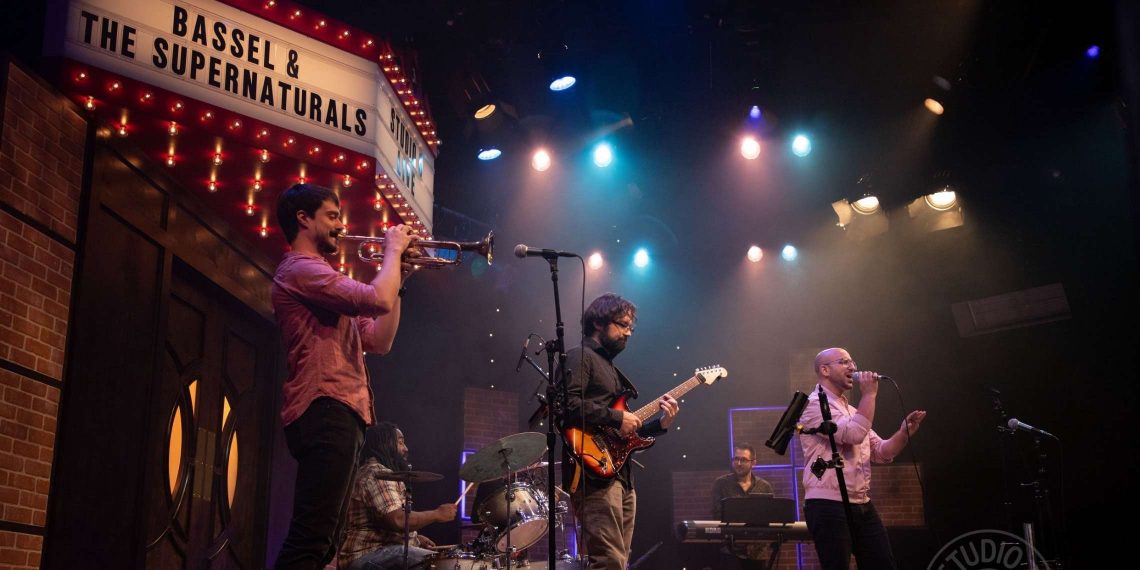
Sound and Story: A Journey with Bassel & The Supernaturals
Recommended Grades: K–12 | Performance Dates: November 10–11, 2025
Directions for the Teacher
This guide is designed to help students connect with the music and storytelling of Bassel & The Supernaturals. Use the materials below to foster active listening, thoughtful discussion, and cross-curricular connections through themes of identity, community, and expression.
Activities may be adapted by grade level and student ability. Student responses may be spoken, written, drawn, or performed.
Watch & Listen
Introduce students to Bassel & The Supernaturals using the video below. Use the prompts to guide reflection and discussion.
Discussion Prompts
- What instruments or sounds do you notice in the performance?
- How would you describe the energy or mood of the music?
- What do you think the performers are trying to express through their music?
- How do the musicians interact with each other during the performance?
- Are there any parts of the music that repeat or stand out? What effect does that have?
- Can you think of other music that this reminds you of? What makes them similar or different?
Activities & Extensions
- Emotional Soundtrack: Have students listen and draw or write what feelings and images the music brings to mind.
- Community Connection: Interview a family or community member about a song that’s meaningful to them. Share findings in class.
- Compare & Contrast: Watch a second artist who uses music to explore identity or social themes. Discuss the differences and similarities in style and message.
- Live Music Journal: After viewing the performance, write a concert review or journal entry about what stood out most.
Relevant Standards
Elementary School
- MU.K.O.3.1: Respond to music to demonstrate how it makes one feel.
- MU.1.C.1.1: Respond to specific musical characteristics in a song or instrumental piece.
- MU.3.C.1.2: Respond to a musical work in a variety of ways and compare interpretations.
- MU.4.C.1.2: Describe, using correct music vocabulary, what is heard in a specific musical work.
- MU.5.O.3.1: Examine how expressive elements affect personal response to music.
- MU.5.F.2.2: Explain why live performances are important to the artist and the success of venues.
Middle School
- MU.68.C.1.1: Develop strategies for listening to unfamiliar musical works.
- MU.68.C.3.1: Evaluate why a musical work is an exemplar in its genre.
- MU.68.O.3.1: Describe how instrumentation and expression convey mood or ideas.
- MU.68.H.2.2: Analyze how technology has changed how music is created and experienced.
High School
- MU.912.C.1.1: Apply listening strategies to promote appreciation and understanding of unfamiliar musical works.
- MU.912.H.2.1: Evaluate the social impact of music on specific historical periods.
- MU.912.H.2.2: Analyze current musical trends, including audience environments and music acquisition.
- MU.912.O.3.1: Analyze expressive elements and how they support meaning for the listener.
- SS.912.H.2.4: Examine the effects that works in the arts have on groups, individuals, and cultures.
| ‹ Educational Resources | ‹ Previous Guide | Next Guide › |
